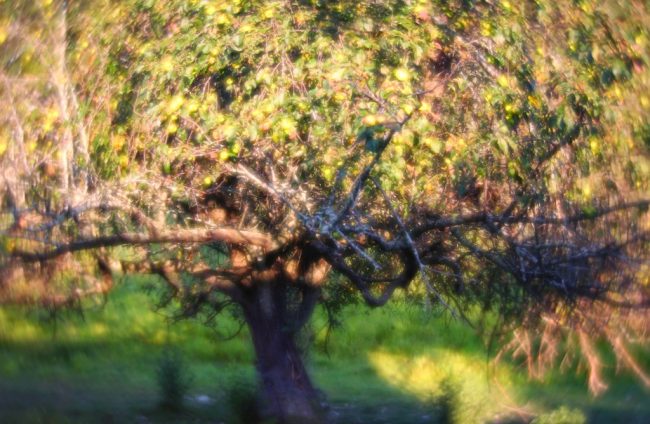
I’ve signed up for a two-week trial of a radically new and different kind of art lens, the Daguerreotype Achromat 2.9/64 Art Lens.
In 1839, two brilliant optical pioneers, Charles Chevalier and Louis-Jacques- Mande Daguerre combined their inventions to bring practical photography to the world, the introduced the first photographic optic lens, their photographs took the world by storm, their lenses wrapped the world in an otherworldly glow, said critics and artists.
People thought their new lens brought a kind of magic to the world. A few months ago, the lens was brought back by the highly innovative Lomography company, which also made my Petzval 58 lens, which is also an art lens. I basically shoot with digital photography, my favored medium, but I am always looking for ways to bring the magic into my photographs and take pictures that are softer and less literal.
Lomography lenses came about as a Kickstarter Project, they were looking to expand the range of digital photography and challenge people like me to be more creative, digital cameras do most of the thinking for me, I can get spoiled.
The Achromat lens, like the Petzval, challenges almost everything I know about photography and taking pictures.
It has no electronics, no stabilizer, no autofocus, no computer. It is far less expensive (about one fifth the cost) than a Canon lens, but it is also much more difficult. Focusing alone is a major headache, especially when the goal is to be slightly out of focus, the point is the dreamy look that characterized the first popular photographic images.
I have to take the photo in much the same way that the first photographers did, except I can use color with my regular and very powerful digital camera.
This lens, like the Petzal, has a mount both for Canon and Nikon cameras. The Daguerreotype camera consisted of several moving pieces, it was essentially a wooden box with a hole where the lens was placed. Using light-sensitive properties of silver salts, it produced images on silver coated plates. It was the Polaroid of its day and millions of these lenses were sold.
Depth of field is one of the most powerful features of the Achromat lens.
I’m excited to try this.
My idea of creativity is to try and fail, try and fail some more, stay away from workshops and other people’s visions and dictates, and pursue my own until I find something that lifts me up. If you don’t fail a thousand times, you can’t succeed.
True creativity is an internal thing, I can’t buy it or ask someone else how to do it. What someone else sees and does has little or no bearing on what I can see and do. This photo opened my eyes to the possibilities of the Achromat and I love the idea of using a lens that is more or less in its original form..
Every photo demands a manual focus and also the insertion of a small metal plate to change the aperture setting. Most of the photos that I took today don’t work, which is hard on my ego (and my eyes), but today I went outside with this lens and walked right into our small apple tree in the pasture, just as the setting afternoon sun shone directly on it
The photo has that otherworldly feeling, that sense of magic that the world’s first photographs managed to capture. Like the Petval, this will take a lot of learning and experimentation and work. Today was frustrating, I must have taken 200 photos that were no good until I figured out the settings and focus for this one. I will keep at it and decide over the next couple of weeks if I want to keep this lens or send it back.
Sometimes I think I need the eyes of a 20 year-old to use this lens, but other photographers tell me to stick with it, it offers the dreamy quality and sense of mystery that I love to capture, especially when I am not taking animal pictures. So stay tuned, this lens scares me a bit, but I have this sense it was made for me, I will try to work through it. Thanks for coming along.
